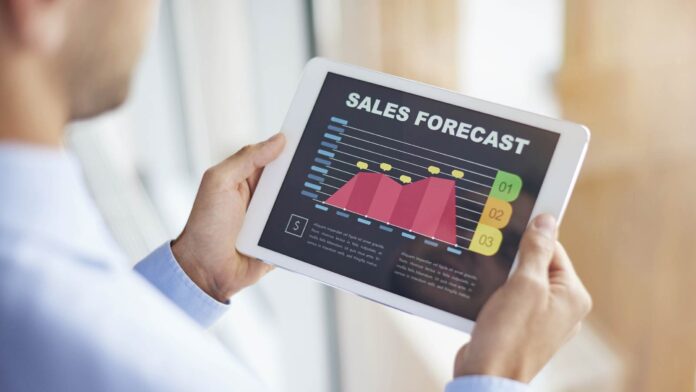Sales forecasting has been known for inaccuracies and long processes, but with machine learning, artificial intelligence, and predictive analytics, this is changing. By leveraging these technologies, sales forecasting has become much faster and intuitive.
E-commerce giants have already started using AI to pre-empt and optimize sales for forecasting. Deep data analysis allows the machine to spotlight critical information on customer online consumption habits that suggest the right product fit for their needs.
Such use of AI can improve both user experience and online sales. But there is a lot more on the forecasting capabilities of AI; it also enables machines to calculate the probability of customer purchase, and this can give short-term views on their turnover.
CRM solutions have been known to be unreliable for sales forecasting, and companies have blamed it all on insufficient data. But things are changing, and CRM is no longer a basic workflow engine or a data storehouse, creating static reports.
Now, with ML , Deep learning and AI, prescriptive and predictive insights can be embedded into the CRM. This is known as the intelligent experience, and it is a natural fit for sales forecasting.
Read More: Digital Customer Experience-Top Trends in 2021
An overwhelming majority of data projects fail as businesses are continually trying to gather the perfect data and create custom models in data silos. These provide limited value to the company, though. The reality is, companies don’t need to have the perfect data to gather meaningful insights or a massive data pool either.
Forecasting is complex, and many businesses struggle to maximize its value. The best way to develop an actionable and trusted forecast is by combining traditional approaches with artificial intelligence approaches.
Artificial intelligence can help sales teams to develop a more accurate and actionable forecast. With machine learning, forecasting technology can update reports based on specific behaviors and highlight the red flags. That way, sales and marketing leaders and their teams won’t be blindsided if it falls through.
AI Powered Forecasting Solutions
Moreover, AI-powered forecasting solutions can offer more in-depth planning capabilities. It can integrate with HR, ERP, and financial data, so the sales leadership can predict how the organization is likely to perform by product, representative, and the territory.
The robust reports can reinforce priorities, empower sales to change direction, and provide valuable insights that may enable other areas of the organization to contribute. For instance, sales and customer success teams can align to identify clients and use data to have informed conversations that will drive up-sells and cross-sells.
If sales are lagging in a particular territory, sales and marketing can collaborate to implement more content campaigns and targeted advertising to generate interest and fill the pipeline.
Most importantly, AI can help enhance organizational alignment and performance. Real-time forecasting insights can keep everyone on the same page. With an increased level of clarity on the actual performance and up-to-date forecasts, executive leadership can see how the business is really doing.
This creates a clear call-to-action for sales to stay on task and conduct the appropriate follow-ups with prospects in the pipeline, and in case opportunities fall through, they will have a chance to engage other areas of the business and develop an actionable plan for achieving their goals.







